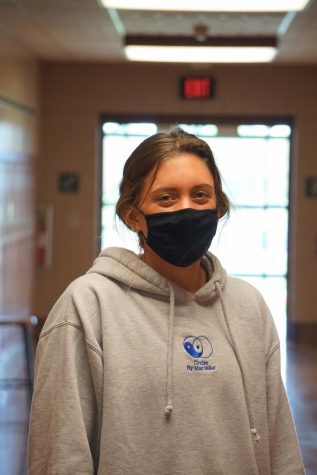Sleep Paralysis Is Frightening But Not Dangerous
December 19, 2018
Sleep paralysis may seem frightening, but there is no real danger from it.
Sleep paralysis is a temporary inability to move or speak while falling asleep or upon waking. During an episode, a person is fully aware of what is happening and an episode can last from seconds to minutes.
Sleep paralysis is a common disease that affects many. Clete Kushida, medical director of the Stanford Sleep Medicine Center in Redwood City, California, says “About 40% of the population has had at least one episode of sleep paralysis.”
There are many things that triggers sleep paralysis like lack of sleep, having a sleep schedule that often changes, mental stress, and sleeping on your back.
Along with these risk factors, hallucinations may be a direct result of alcohol, drug use, insomnia, or anxiety. People who are narcoleptic are more prone to have hallucinations during an episode of sleep paralysis.
A student at Hershey High School, Trevor Bradshaw, experiences this condition. According to Bradshaw, two years ago was the first time he had an episode and a hallucination. Bradshaw said he saw a figure coming up the stairs slowly and entering his room.
“I couldn’t move at all, and I couldn’t close my eyes,” Bradshaw said.
At the time, he described that the episode had lasted for hours, but in reality, it was probably just two minutes.
Bradshaw said, “I felt scared because I didn’t know what was real or not.”
To treat sleep paralysis, one can improve their sleep schedule and making sure they get six to eight hours of sleep every night.
Another way to treat this is by trying new sleeping positions.When one lays on their back, they are more susceptible to sleep apnea which leads to sleep paralysis.
Sleep apnea is a sleeping disorder in which breathing repeatedly stops and starts and can lead to more nightmares and sleep paralysis.
Although there is no official treatment, making sure to get a healthy amount of sleep and



